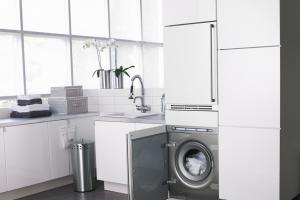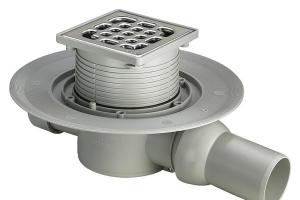How to properly bleed air from a heating radiator?
Before starting the heating system, it is important to properly prepare it. If a person lives in a city high-rise building, this problem is unlikely to affect him. After all, housing office employees are responsible for carrying out such a procedure. But the owners of the private sector run the heat themselves. But even during the heating season, the batteries can heat poorly, and in some places they can even be cold. The system is probably congested.
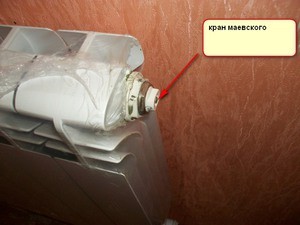 In any case, you need to know how to bleed air from a heating radiator in order to avoid situations associated with ineffective operation of the equipment. Why an air lock occurs, its consequences for the operation of the heating device, what methods are available to remove it - you can learn about all this by reading the article.
In any case, you need to know how to bleed air from a heating radiator in order to avoid situations associated with ineffective operation of the equipment. Why an air lock occurs, its consequences for the operation of the heating device, what methods are available to remove it - you can learn about all this by reading the article.
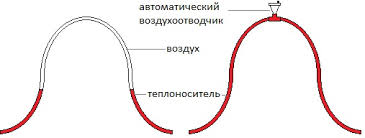 If there is air in the battery, nothing good will come from it. Excess air is an obstacle to the normal functioning of the system. It can also cause corrosion on the walls of the radiator.
If there is air in the battery, nothing good will come from it. Excess air is an obstacle to the normal functioning of the system. It can also cause corrosion on the walls of the radiator.
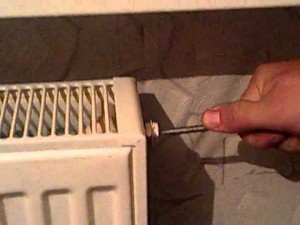 If installed in the circuit, an air lock may also disrupt its operation. When the system is functioning correctly, the plain bearings on the shaft of the pump unit are constantly in the water. And in the presence of air, a “dry friction” effect occurs, which negatively affects the sliding rings and can damage the shaft. Therefore, it is important to know how to remove air from your home heating system. Timely measures will help prevent damage to the heating network.
If installed in the circuit, an air lock may also disrupt its operation. When the system is functioning correctly, the plain bearings on the shaft of the pump unit are constantly in the water. And in the presence of air, a “dry friction” effect occurs, which negatively affects the sliding rings and can damage the shaft. Therefore, it is important to know how to remove air from your home heating system. Timely measures will help prevent damage to the heating network.
How can you tell if there is an air lock in the battery?
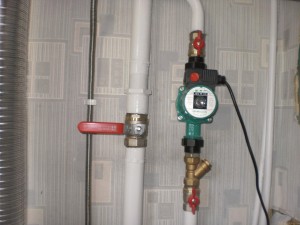 Before you bleed air from the heating system, you need to figure out why it forms in the circuit and how to understand that there is an air lock in the radiator. Most often, excess air accumulates as a result of improper filling of the system with water. The reason may also be the result of errors made during installation. Low pressure in the circuit, low-quality coolant with the presence of dissolved oxygen can also lead to airing.
Before you bleed air from the heating system, you need to figure out why it forms in the circuit and how to understand that there is an air lock in the radiator. Most often, excess air accumulates as a result of improper filling of the system with water. The reason may also be the result of errors made during installation. Low pressure in the circuit, low-quality coolant with the presence of dissolved oxygen can also lead to airing.
An air lock can also occur under the following circumstances:
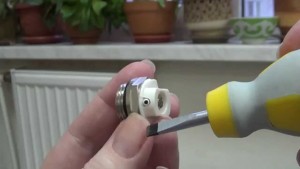
The following signs may indicate that excess air has accumulated in the system: hissing and gurgling sounds in the battery, the quality of heating decreases, heating becomes uneven, and the radiator may be cold in areas where there is air.
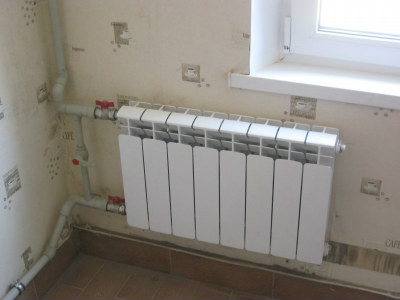 Such situations are not uncommon. Surely every owner of an apartment or private house has encountered a similar problem. Therefore, it is important to understand how to remove air from the heating system at home, especially since doing it yourself is not at all difficult. It should be noted that most often an air lock forms in batteries that are installed on the upper floors of the house.
Such situations are not uncommon. Surely every owner of an apartment or private house has encountered a similar problem. Therefore, it is important to understand how to remove air from the heating system at home, especially since doing it yourself is not at all difficult. It should be noted that most often an air lock forms in batteries that are installed on the upper floors of the house.
Important! Sometimes the cause of a plug is a poor quality radiator.
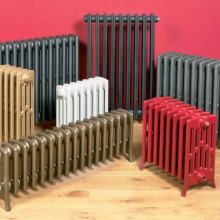 In this case, no matter how much excess air is released, it will form again. And the reason lies in the fact that the material from which the battery is made promotes the formation of gases. There is only one way out of the situation - buy a new radiator. Therefore, it is better to immediately purchase heating devices from reputable manufacturers.
In this case, no matter how much excess air is released, it will form again. And the reason lies in the fact that the material from which the battery is made promotes the formation of gases. There is only one way out of the situation - buy a new radiator. Therefore, it is better to immediately purchase heating devices from reputable manufacturers.
How to remove excess air from a battery?
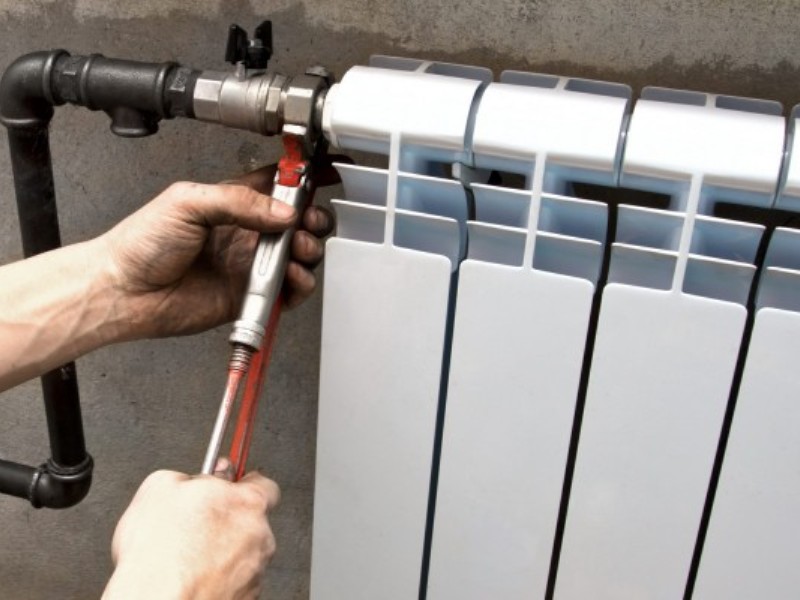 Before you bleed air from the heating system, you need to thoroughly understand the features of this procedure and prepare all the necessary tools and materials. Let's look at how to remove air from the heating system in more detail. For this work, you will need a special key with which you can open the air valve on the radiator.
Before you bleed air from the heating system, you need to thoroughly understand the features of this procedure and prepare all the necessary tools and materials. Let's look at how to remove air from the heating system in more detail. For this work, you will need a special key with which you can open the air valve on the radiator.
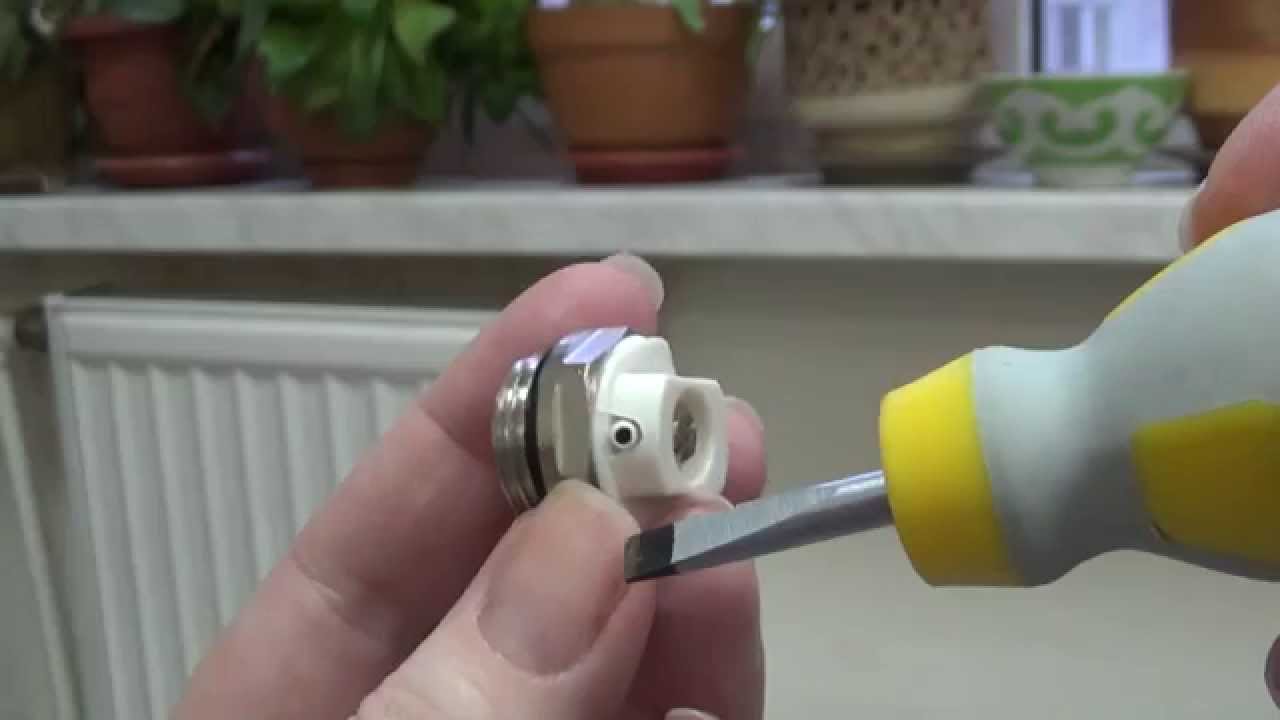 A radiator wrench is best. It is sold at any hardware store. If a modern battery is installed, you can take a simple screwdriver. It is also necessary to prepare a container into which the coolant will be drained. And also have a couple of rags nearby in case of unexpected situations.
A radiator wrench is best. It is sold at any hardware store. If a modern battery is installed, you can take a simple screwdriver. It is also necessary to prepare a container into which the coolant will be drained. And also have a couple of rags nearby in case of unexpected situations.
The algorithm for how to properly bleed air from the heating system is given below:

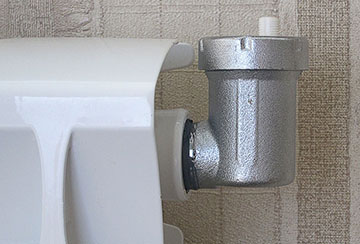 In addition to Mayevsky taps, automated air vents are often used for heating systems, which bleed off excess air on their own. Such automatic units are compact and reliable. But at the same time you need to be extremely careful. After all, the valve operates without supervision. And the slightest violation in the process can cause flooding of the attic or riser.
In addition to Mayevsky taps, automated air vents are often used for heating systems, which bleed off excess air on their own. Such automatic units are compact and reliable. But at the same time you need to be extremely careful. After all, the valve operates without supervision. And the slightest violation in the process can cause flooding of the attic or riser.
Some nuances
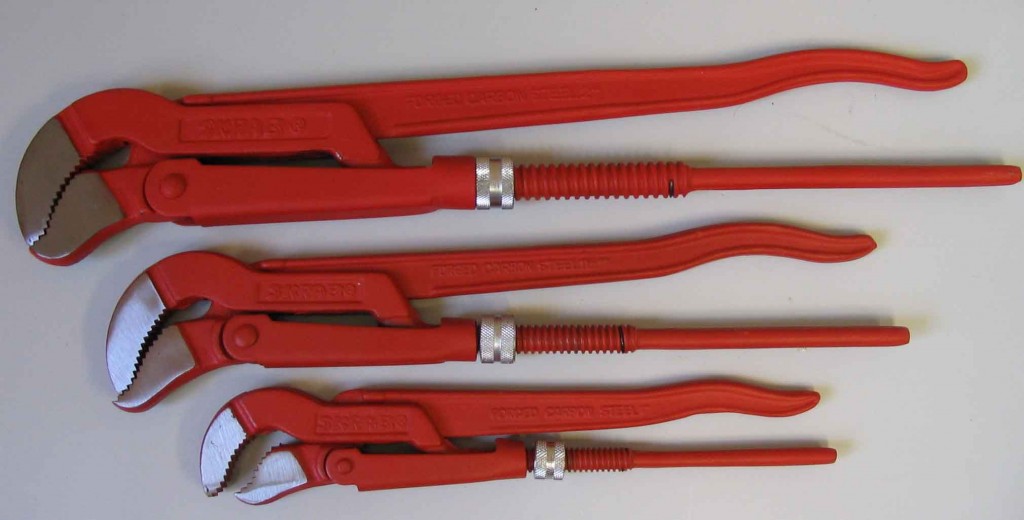 There are situations when craftsmen, when installing a heating system, do not install special valves to release excess air. Let's look at how to bleed air from a heating battery in this case. To work, you will need an adjustable or gas wrench. Use it to unscrew the plug. This needs to be done very slowly. Sometimes the plug won't come off. Most often this happens if. In this case, you need to apply a special lubricant to the threads and try again after some time.
There are situations when craftsmen, when installing a heating system, do not install special valves to release excess air. Let's look at how to bleed air from a heating battery in this case. To work, you will need an adjustable or gas wrench. Use it to unscrew the plug. This needs to be done very slowly. Sometimes the plug won't come off. Most often this happens if. In this case, you need to apply a special lubricant to the threads and try again after some time.
When the plug is unscrewed, the same algorithm of actions is performed as with a regular tap. When the plug is screwed into place, you must remember to wrap either FUM tape or flax around the thread. This will avoid leaks and make the connection tight.
If air has accumulated in the heating system of a private house, the water will have to be drained using an expansion tank.
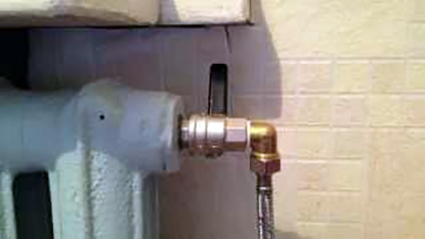 This container is always located at the highest point of the heating system. When the water is drained, you need to wait a little and then unscrew the tap on the expansion tank. Usually, when the battery temperature rises, the plug comes out on its own. If such actions are unsuccessful, then the water in the circuit should be brought to a boil. In this case, the plug will definitely come out.
This container is always located at the highest point of the heating system. When the water is drained, you need to wait a little and then unscrew the tap on the expansion tank. Usually, when the battery temperature rises, the plug comes out on its own. If such actions are unsuccessful, then the water in the circuit should be brought to a boil. In this case, the plug will definitely come out.
How often should I bleed?
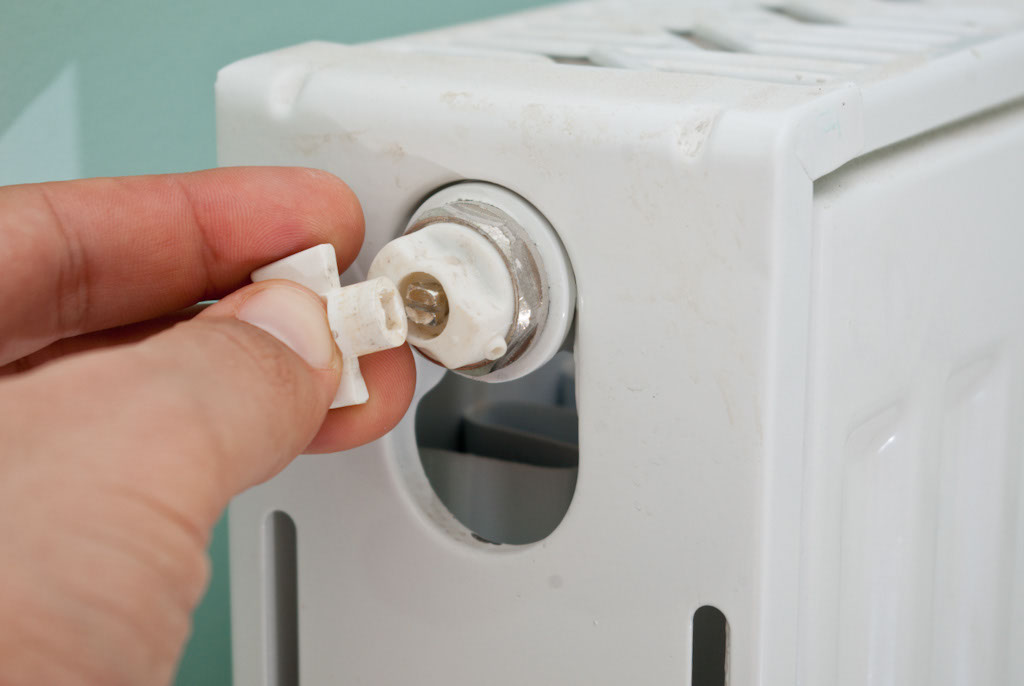 Knowing how to bleed air from a heating system can prevent and solve many problems. But how often should such a procedure be carried out for preventive purposes? As a rule, this should be done at the beginning of the heating season. Twice is enough (the first time for checking, the second for control). Of course, if the system has defects or is faulty, then the number of descents may be greater.
Knowing how to bleed air from a heating system can prevent and solve many problems. But how often should such a procedure be carried out for preventive purposes? As a rule, this should be done at the beginning of the heating season. Twice is enough (the first time for checking, the second for control). Of course, if the system has defects or is faulty, then the number of descents may be greater.
If the apartment is installed, then before starting the system it is necessary to drain the water. This will help increase battery life significantly.
Preventive measures
Of course, knowing how to vent a radiator is important and necessary. But it is better that airing of the system occurs as rarely as possible. It is better to prevent this situation and install an air vent.
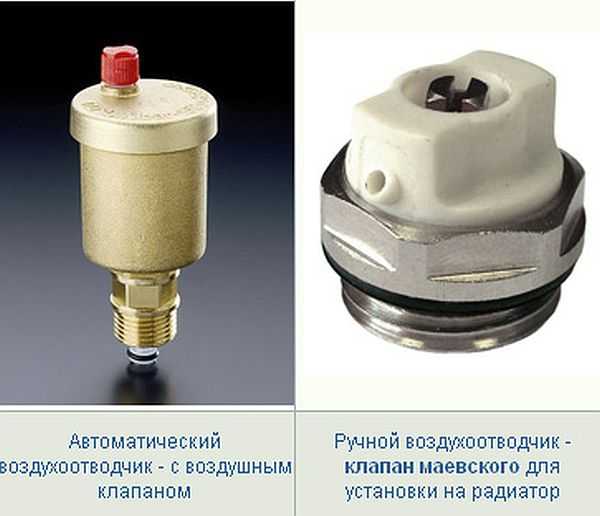 At the moment, air collectors for heating systems can be of two types: manual (represented by the Mayevsky crane) and float-type (or automatic). Each of the above types can be installed in various places where there is a risk of air pockets. The configuration of the Mayevsky crane is traditional. Automotive air vents can have an angular or straight design.
At the moment, air collectors for heating systems can be of two types: manual (represented by the Mayevsky crane) and float-type (or automatic). Each of the above types can be installed in various places where there is a risk of air pockets. The configuration of the Mayevsky crane is traditional. Automotive air vents can have an angular or straight design.
In order not to rack your brains about how to ventilate the heating system, it is imperative to install an air vent on each radiator.
Manual type air vent
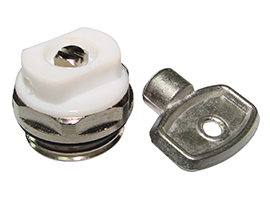 Manual air vents are usually mounted on the front side of the radiator. With their help you can easily bleed off excess air. It is enough to have only a special key. The performance of such devices is low. Therefore, such an air collector for the heating system is installed only for home use.
Manual air vents are usually mounted on the front side of the radiator. With their help you can easily bleed off excess air. It is enough to have only a special key. The performance of such devices is low. Therefore, such an air collector for the heating system is installed only for home use.
Automatic air vent type
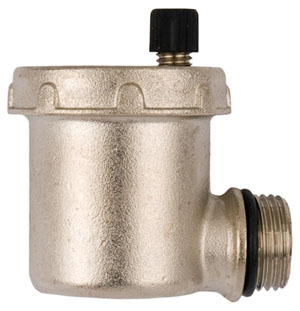 As for automatic air vents, they operate autonomously. There is no need to unscrew or open anything. The device does everything on its own. They are mounted strictly in a horizontal or vertical position. But it must be said that such a valve for bleeding air from the heating system has one drawback - high sensitivity to various types of contaminants. Therefore, you will need to additionally install a filter that will clean the device from mechanical contaminants.
As for automatic air vents, they operate autonomously. There is no need to unscrew or open anything. The device does everything on its own. They are mounted strictly in a horizontal or vertical position. But it must be said that such a valve for bleeding air from the heating system has one drawback - high sensitivity to various types of contaminants. Therefore, you will need to additionally install a filter that will clean the device from mechanical contaminants.
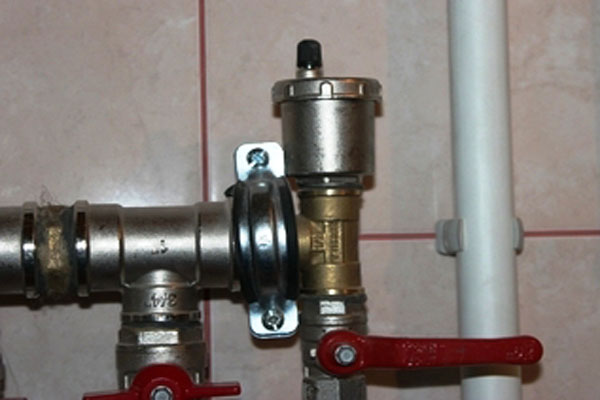 Important! If air has formed in the heating system, you should find out the cause of this situation. Especially if such problems have not arisen before. It is important not just to remove the airlock, but to take all measures to prevent it from appearing again. Therefore, it is necessary to check the device for leaks. Perhaps somewhere the nuts should be changed or the bolts tightened, or the joints should be sealed better. Or perhaps the air vent is installed incorrectly or the automatic air separator for heating has failed.
Important! If air has formed in the heating system, you should find out the cause of this situation. Especially if such problems have not arisen before. It is important not just to remove the airlock, but to take all measures to prevent it from appearing again. Therefore, it is necessary to check the device for leaks. Perhaps somewhere the nuts should be changed or the bolts tightened, or the joints should be sealed better. Or perhaps the air vent is installed incorrectly or the automatic air separator for heating has failed.
Bottom line
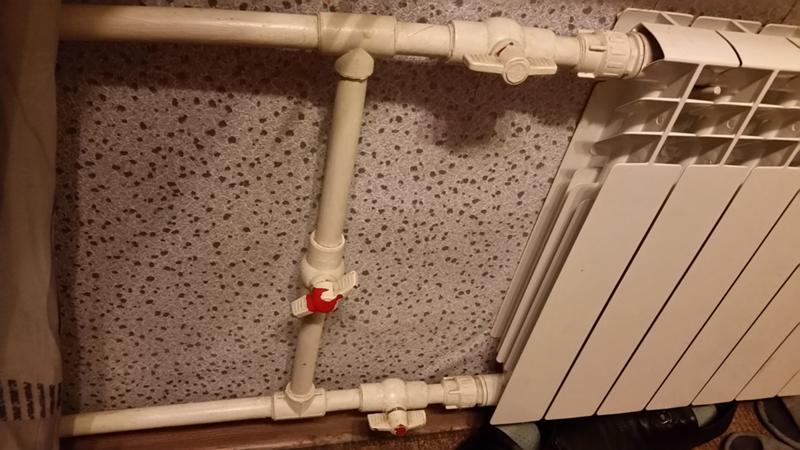 To summarize, we can say that the problem of airing the system is quite urgent. It can occur in urban high-rise buildings and in private houses. There can be many factors behind the formation of excess air. It is very important to establish the true cause and know how to bleed air from the heating radiator correctly so that similar situations do not occur in the future.
To summarize, we can say that the problem of airing the system is quite urgent. It can occur in urban high-rise buildings and in private houses. There can be many factors behind the formation of excess air. It is very important to establish the true cause and know how to bleed air from the heating radiator correctly so that similar situations do not occur in the future.
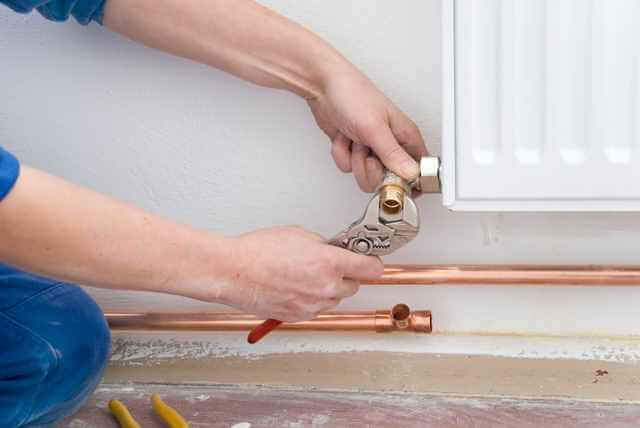 The installation of special air vents also plays an important role in the proper and efficient operation of radiators. By installing such a device, the owner of a house or apartment will be able to forget about the problem of air locks, save time and money, and also extend the service life of the entire heating system.
The installation of special air vents also plays an important role in the proper and efficient operation of radiators. By installing such a device, the owner of a house or apartment will be able to forget about the problem of air locks, save time and money, and also extend the service life of the entire heating system.

